
In 2025, the question remains: Is selling on Etsy worth it? This blog targets entrepreneurs, small business owners, designers, and artists exploring Etsy's potential. We'll dissect Etsy's marketplace dynamics, understand its fees, and uncover strategies for success. Whether you're a seasoned seller or a newcomer, this guide provides essential insights and practical tips to navigate Etsy's unique, vibrant community and maximize your e-commerce success.
Introduction
Is selling on Etsy worth it? For entrepreneurs, small business owners, designers, artists, and others in the creative and commercial spheres, the answer hinges on aligning your business goals with the unique marketplace that Etsy offers. Etsy stands out for its focus on handmade, vintage, and unique items, making it a hub for those valuing craftsmanship and individuality. However, it's important to weigh its competitive environment, fee structure, and audience demographics against your own business model and product nature.
Deciding to sell on Etsy requires a thorough understanding of your target market and how your offerings resonate with Etsy's community. This introduction will guide you through the key considerations to help you determine if Etsy is the fitting platform for your business endeavors.
What Is Etsy?
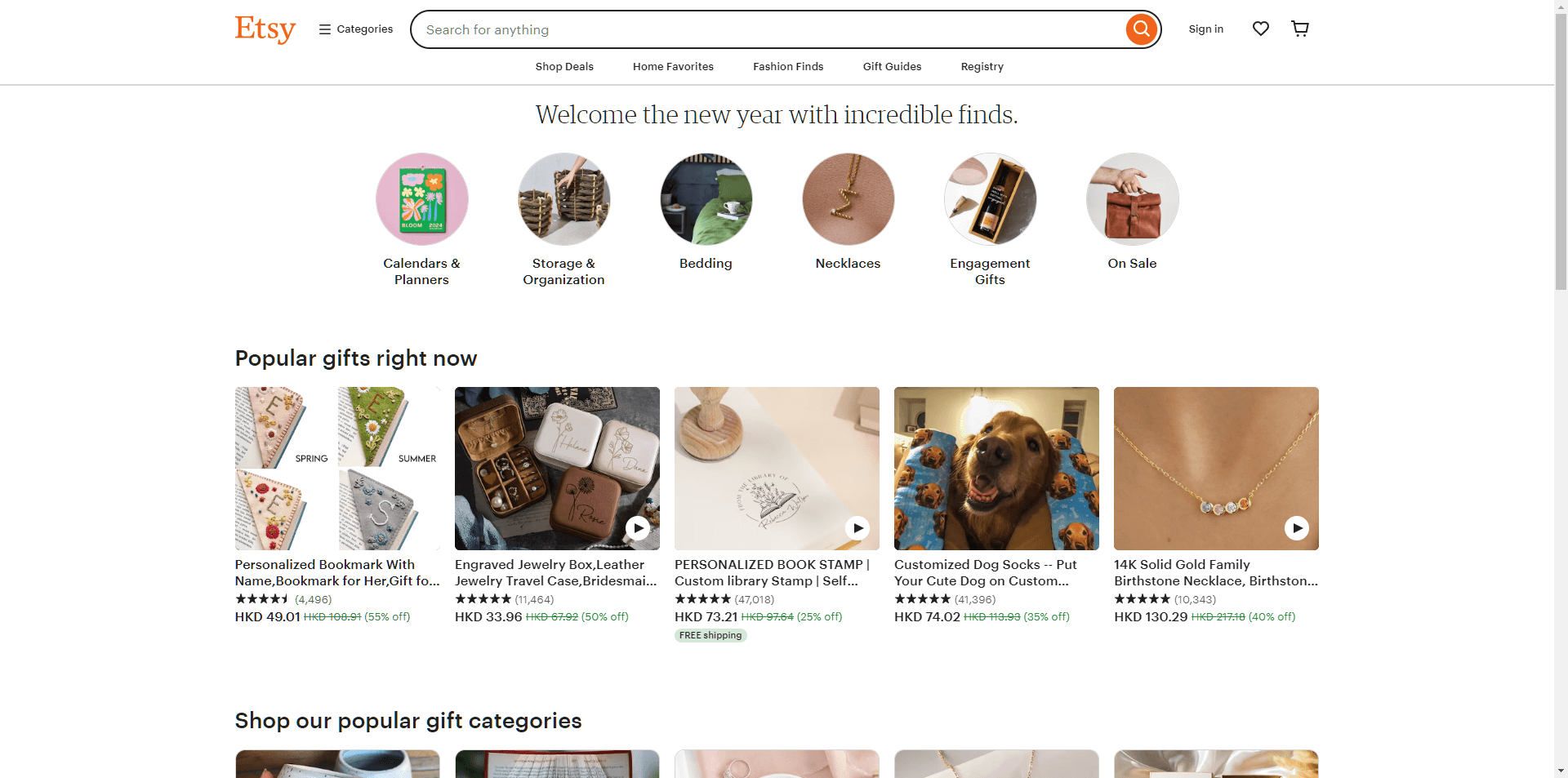
Understanding Etsy
Etsy, established in 2005, has become a distinguished name in the realm of e-commerce, especially for those who cherish unique, handmade, and vintage items. It's more than just a shopping platform; it's a community-driven site that champions independent creators and small businesses. At its core, Etsy provides a space where entrepreneurs, small business owners, designers, artists, and even dropshippers can showcase and sell their unique products to a global audience.
Etsy's Exponential Growth
The growth of Etsy has been nothing short of remarkable. From its modest beginnings, the platform has expanded into a robust marketplace with significant financial milestones. As of 2023, Etsy boasts a market cap of over $17 billion, positioning it as the 12th largest online marketplace globally. This information is detailed in a comprehensive report by Small Biz Genius, which can be found at Small Biz Genius - Etsy Statistics. In 2021 alone, the platform saw an influx of approximately 7.5 million active sellers, a nearly 75% increase from 2020, illustrating the platform's escalating popularity among sellers worldwide. Furthermore, Etsy's buyer base has also seen substantial growth, with 96.3 million active buyers in 2021, underscoring the platform's wide-reaching appeal.
In terms of financial performance, Etsy's revenue in 2022 was reported to be $2.5 billion, marking a 10.1% increase from the previous year. This growth trajectory, however, came with its challenges, as Etsy reported its first annual loss in six years, totaling $694 million. These figures were reported in a detailed analysis by Business of Apps, available at Business of Apps - Etsy Statistics. Despite this, the gross merchandise volume (GMS), a key indicator of total sales value, remained stable at $13.3 billion, reflecting the platform's sustained sales activity.
For those operating in the print-on-demand (POD) sector, Etsy's growth and its focus on unique, artisanal products present a compelling opportunity. The platform's user demographics, primarily consisting of sellers and buyers from the United States and a significant proportion of female entrepreneurs, further amplify its appeal for diverse business initiatives.
In conclusion, Etsy represents a vibrant and growing marketplace that aligns well with the ethos of creators and entrepreneurs in the POD industry. Its continued growth, diverse product categories, and expansive global reach make it a platform worth considering for those looking to expand their business or start a new venture in the creative space. For more detailed insights into Etsy's financial performance and demographics, you can refer to the comprehensive data available at Capital One Shopping's Capital One Shopping - Etsy Statistics.
Pros and Cons of Selling on Etsy
Etsy, renowned for its unique, handmade, and vintage items, has become a popular platform for entrepreneurs, small business owners, designers, artists, and other creative professionals. When considering selling on this platform, it's vital to understand the advantages and challenges that come with it. This analysis aims to provide a balanced view, helping you make an informed decision about whether selling on Etsy aligns with your business goals.
Pros of Selling on Etsy
- Access to a Large Customer Base
- Etsy has millions of active buyers globally, offering sellers immediate access to a vast and diverse customer base interested in unique, handmade products.
- Niche Market Appeal
- The platform specializes in handmade, vintage, and unique items, attracting customers specifically looking for these types of products.
- User-Friendly Interface
- Etsy is known for its easy-to-use interface, both for setting up a shop and managing sales, making it accessible for beginners.
- Community and Support
- Etsy provides a strong community of sellers and offers various forums and support groups where you can get advice and share experiences.
- Built-in Analytics Tools
- The platform offers tools to track shop performance, helping sellers make data-driven decisions to grow their business.
Pros of Selling on Etsy
- Access to a Large Customer Base
- Etsy has millions of active buyers globally, offering sellers immediate access to a vast and diverse customer base interested in unique, handmade products.
- Niche Market Appeal
- The platform specializes in handmade, vintage, and unique items, attracting customers specifically looking for these types of products.
- User-Friendly Interface
- Etsy is known for its easy-to-use interface, both for setting up a shop and managing sales, making it accessible for beginners.
- Community and Support
- Etsy provides a strong community of sellers and offers various forums and support groups where you can get advice and share experiences.
- Built-in Analytics Tools
- The platform offers tools to track shop performance, helping sellers make data-driven decisions to grow their business.
What Can You Sell on Etsy?
Etsy, known for its unique and artisanal products, is a haven for those looking to sell items that fall outside the mainstream. It's a platform where creativity thrives and individuality is celebrated. For entrepreneurs, small business owners, designers, artists, and other creative professionals, understanding what sells well on Etsy can be key to harnessing the platform's potential.
- Handmade Items
- Custom jewelry, personalized gifts, home decor, and unique art pieces.
- Vintage Goods
- Items that are at least 20 years old, including clothing, accessories, and collectibles.
- Craft Supplies
- Materials for DIY projects like beads, yarn, and scrapbooking supplies.
- Unique Factory-Manufactured Items
- Small-batch productions, innovative gadgets, and novel items that are not widely available.
- Print-on-Demand Products
- Customized apparel, accessories, and home decor items that are printed and shipped on demand.
- Digital Products
- Digital artwork, printable planners, instructional guides, and templates.
What Can't You Sell on Etsy?


Etsy, a renowned platform for unique and handmade items, has specific guidelines on what cannot be sold. These restrictions ensure the marketplace remains true to its ethos and complies with legal requirements. For entrepreneurs, small business owners, designers, artists, and others interested in Etsy, it's crucial to be aware of these limitations.
- Alcohol, Tobacco, Drugs
- Includes all forms of alcoholic beverages, tobacco products, illicit drugs, and drug paraphernalia.
- Medical Drugs and Devices
- Any items that fall under prescription drugs, medical devices, or make unverified medical claims.
- Hazardous Materials
- Items that pose a risk to health and safety, such as certain chemicals or explosives.
- Illegal Items or Promoting Illegal Activity
- Any goods or services that are illegal or promote illegal activities.
- Hate Items and Discriminatory Goods
- Products that promote, support, or glorify hatred and discrimination.
- Highly Regulated Items
- Includes certain foods, plants, wildlife products subject to complex legal regulations.
- Counterfeit or Unauthorized Items
- Replica or counterfeit items and unauthorized reselling of branded products.
How Much Does It Cost to Sell on Etsy?
For entrepreneurs, small business owners, and creatives exploring the Etsy platform, understanding the cost structure is crucial for financial planning and assessing potential profitability. Etsy, renowned for its expansive marketplace of unique and handcrafted items, has a straightforward fee system, which is key to its appeal among sellers from various fields, including print-on-demand businesses.
- Listing Fees
- Etsy charges a $0.20 fee for each item listed on the platform. This fee applies every time an item is listed, whether it's a new listing or relisting an existing product.
- Transaction Fees
- When an item sells, Etsy takes a 5% transaction fee on the sale price. This fee is applied to the total cost that the buyer pays, including the item price and any shipping or gift wrapping charges.
- Payment Processing Fees
- These fees vary by country and are charged on the total amount of the sale, including tax and shipping. In the United States, for example, the fee is 3% of the total sale price plus $0.25.
- Offsite Ads Fees
- Sellers can opt into Etsy's Offsite Ads, which promotes products on various platforms outside Etsy. If a sale is made through these ads, Etsy charges an advertising fee, which is a percentage of the total sale price.
- Subscription Fees (Optional)
- Etsy offers an optional subscription service called Etsy Plus, which provides advanced tools and credits for sellers. This subscription costs $10 per month.
How to Start a Successful Business on Etsy in 2025?
Starting a business on Etsy in 2025 can be a rewarding endeavor, especially for entrepreneurs, designers, artists, and small business owners who value uniqueness and creativity. Etsy's platform offers a unique blend of a supportive community, a wide-reaching market, and a focus on unique, handcrafted products. To launch and sustain a successful business on Etsy, a strategic approach is essential.
- Crafting Your Niche
- Finding your niche is the first crucial step. Etsy is known for its eclectic mix of unique items, so standing out means offering something that not only fits the platform's ethos but also resonates with a specific audience. Whether it's bespoke jewelry, custom print-on-demand apparel, vintage collectibles, or handmade home decor, your products should reflect your brand's uniqueness and appeal to Etsy's diverse customer base. Researching trends, understanding customer preferences, and identifying gaps in the market can help in sculpting your niche.
- Setting Up Your Etsy Shop
- Once your niche is defined, setting up your shop is the next step. This involves creating a compelling shop name, designing an attractive storefront, and ensuring your product listings are detailed and SEO-friendly. High-quality images, engaging product descriptions, and the right keywords play a significant role in attracting potential customers. Additionally, integrating your print-on-demand services with Etsy streamlines the process, allowing you to focus more on design and marketing.
- Building Your Brand and Customer Base
- Developing a strong brand identity and building a loyal customer base are vital for long-term success. Utilize Etsy's tools for promotion, like sales events and Etsy Ads, to increase visibility. Engaging with your customers through excellent customer service, gathering feedback, and maintaining a strong online presence on social media platforms will help establish your brand's reputation. Remember, repeat customers and positive reviews are powerful endorsements on Etsy.
- Navigating Etsy's Marketplace in 2025
- Staying informed about Etsy's evolving marketplace is crucial. This includes staying updated with Etsy's policies, fee structures, and any new features or tools that Etsy may introduce. Keeping abreast of market trends and adapting your strategy accordingly will ensure that your business remains relevant and competitive in the ever-evolving online marketplace.
Is Selling on Etsy Worth It?
Deciding whether to embark on the Etsy journey in 2025 requires a deep dive into the experiences and insights of seasoned sellers. Their shared knowledge offers valuable perspectives for entrepreneurs, small business owners, designers, artists, and others contemplating Etsy as a marketplace.
Insights from Seasoned Sellers
- Mastering Etsy's SEO and Marketing
- Success on Etsy is closely tied to understanding and leveraging the platform's search engine. Utilizing resources like The Ultimate Guide to Etsy Search to craft effective listings is vital. This includes optimizing tags, creating coherent titles with relevant keywords, and using attractive photos to enhance product visibility and appeal. As experienced sellers suggest, embracing SEO, photography, and some marketing is crucial.
- Building and Growing Gradually
- Seasoned sellers emphasize that establishing a successful shop on Etsy is a gradual process. It's unrealistic to expect overnight success. Instead, the platform should be viewed as a means to gain traffic and build a customer base, starting as a side project and growing over time.
- Evaluating Etsy's Fees and Exposure
- Many sellers agree that Etsy's built-in traffic and customer base justify the platform's fees. The consensus is that while Etsy does have listing and transaction fees, the exposure and customer reach it provides can make these costs worthwhile. Sellers are advised to factor these fees into their pricing strategies.
- Understanding Market Dynamics
- Breaking into a saturated market on Etsy can be challenging. Success is not solely dependent on the platform but also on broader market conditions. Sellers need to be aware of these dynamics and adapt their strategies accordingly.
- Leveraging Social Media for Engagement
- For tech-savvy sellers, platforms like Instagram or TikTok can be powerful tools to drive traffic to their Etsy shops. Engaging with customers through these channels can enhance a seller's presence both on and off Etsy.
- Optimizing Shop Activity and Engagement
- Regular shop activity, such as adding new listings and updating existing ones, can improve a seller's search ranking on Etsy. Additionally, engaging with the community and receiving shop likes can have a positive impact on visibility.
- Providing Great Customer Service
- Success on Etsy is also attributed to understanding and meeting customer needs. Providing excellent customer service is a key factor in building a loyal customer base.
- Shop Maintenance and Policies
- Maintaining an active shop with clear policies and regular listings is essential. Reading and adhering to Etsy's selling guides can improve shop appeal and work effectively with the platform's algorithm.
User Reviews (Selected Excerpts)
sirius_moonlight: I don't mean this harshly, I hope it doesn't sound that way. I'm just trying to give practical advice with what I've read of your comment. It sounds to me you are a list it and then go make more stuff kind of person. For you the product is the goal. And while the product does have to be very good, that in my opinion, is the less time consuming part of selling on Etsy. After you make the product then the real selling on Etsy begins. I always suggest people read The Ultimate Guide to Etsy Search and take notes. Yes, I know taking notes is very time consuming and boring but you have to understand how the search engine works to craft your listings carefully. I read the guide 100 times, but it didn't really stick until I took notes. Things you will learn is that the search engine reads all the individual words (not just the phrase in the tag) and matches that to what someone writes in the search box. That means, the more words you can fit in each tag the more opportunities you will have to be found in search. So it's best to fill up that 20 character tag with as many words as possible. Since the search engine (a machine) is the only one getting listing information this way then it doesn't have to make sense.
ihappyneko: I feel like I see your comment about the Ultimate Guide to Etsy Search often, but this is the first time I actually read through your whole comment. I'm definitely going to use the tip to max out the words on those tags!! And hopefully read the guide when I have time.
Seiri-Cerin: I still love etsy. It brings me traffic I am too lazy to bring myself (because I find social media so boring!) I have been running my shop for 5 years. It. Takes. Time. Too many people expect overnight success because of the success stories they see on social media. Set it up on the side, update it as you can, don't make it your main focus, untill it demands your focus.
largemarge52: Exactly this, everyone likes to complain about Etsy and how they are going to start their own website, but the amount of traffic and buyers in exposed without having to do my own marketing is well worth the fees.
xkag3x: I get that people are upset about the fees, but you can include them in your pricing, and if you're not getting sales, you aren't paying fees anyway, so why bother leaving? I know there are still listing fees, but that's only 20 cents per listing and they last for 4 months, so that means $1 per month per 20 listings. The more listings you have, the more people will find your shop.
In summary, selling on Etsy in 2025 can be worthwhile, but it requires a strategic approach that encompasses SEO mastery, marketing efforts, gradual growth, understanding of market conditions, effective use of social media, shop optimization, excellent customer service, and adherence to platform guidelines. These insights form a roadmap for potential sellers to navigate the Etsy marketplace successfully.
Etsy Alternatives
For entrepreneurs, small business owners, designers, artists, and other creatives, diversifying sales channels is a strategic approach to business. While Etsy is a popular choice, exploring alternatives can open up new opportunities and audiences. Here's a look at some notable platforms that serve as alternatives to Etsy, each with its unique features and audience.
- Shopify

- Ideal for those wanting complete control over their online store's look and feel. Offers extensive customization and branding options.
- Amazon Handmade
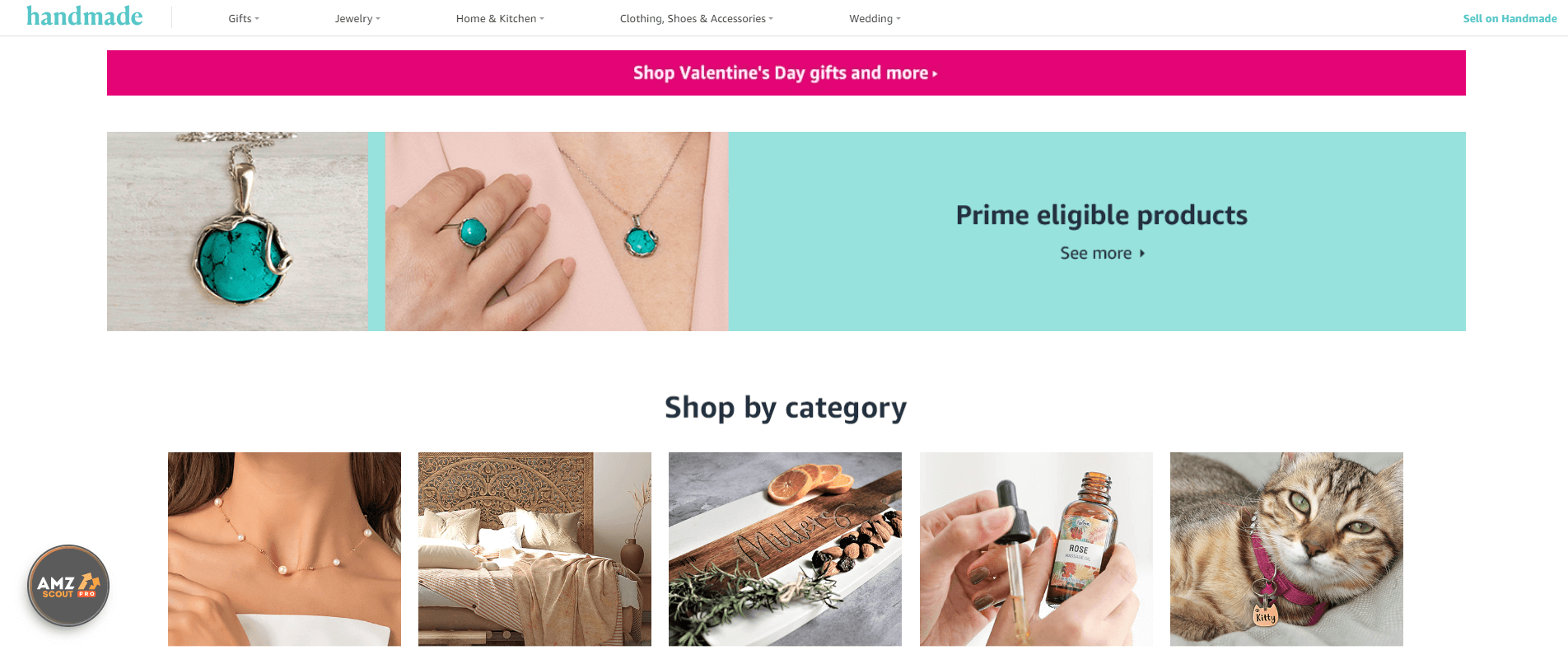
- Targets a vast customer base and is suitable for artisans looking to tap into Amazon's extensive reach.
- Big Cartel
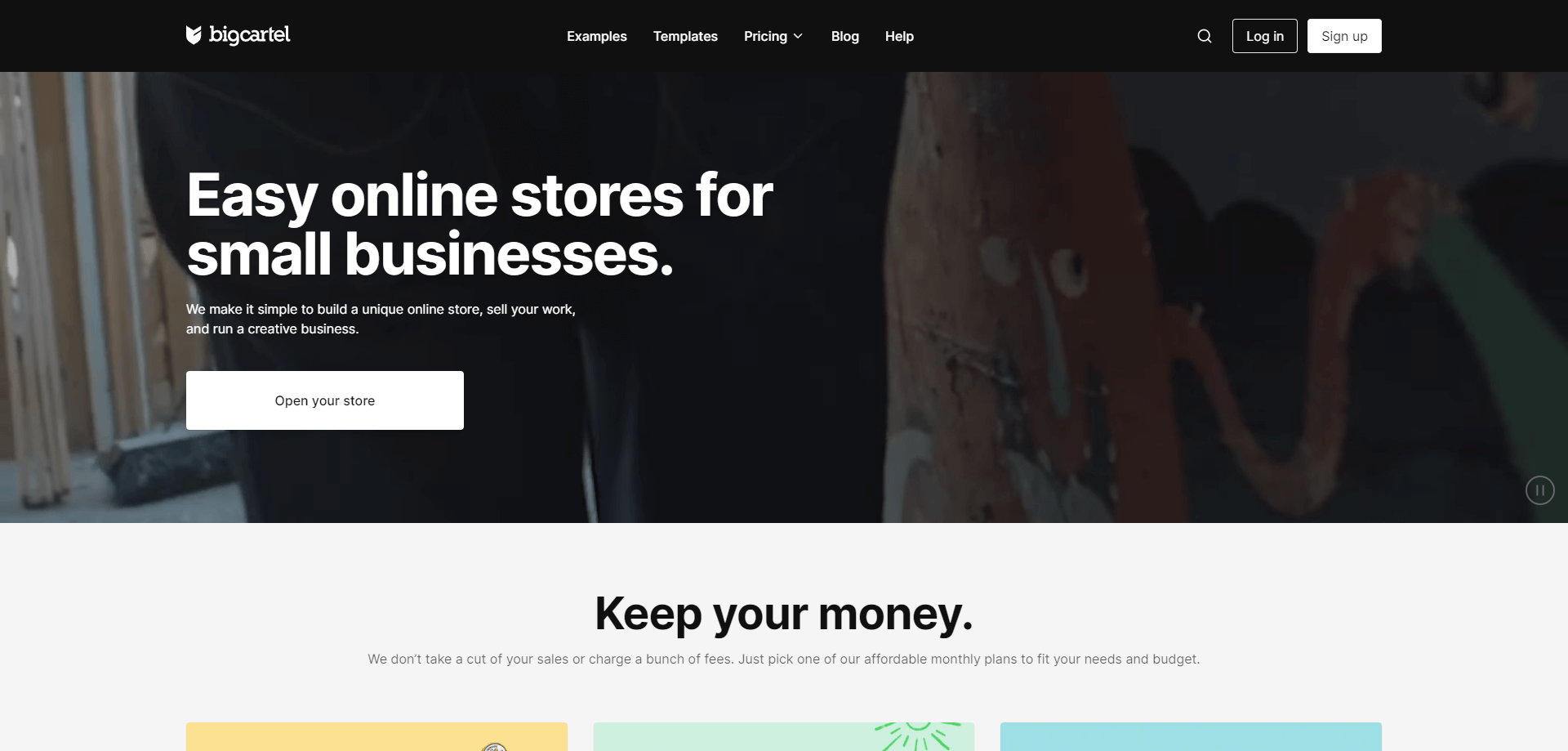
- Favoured by artists and makers for its simplicity and artist-friendly tools. It's particularly good for independent artists and small-scale sellers.
- eBay
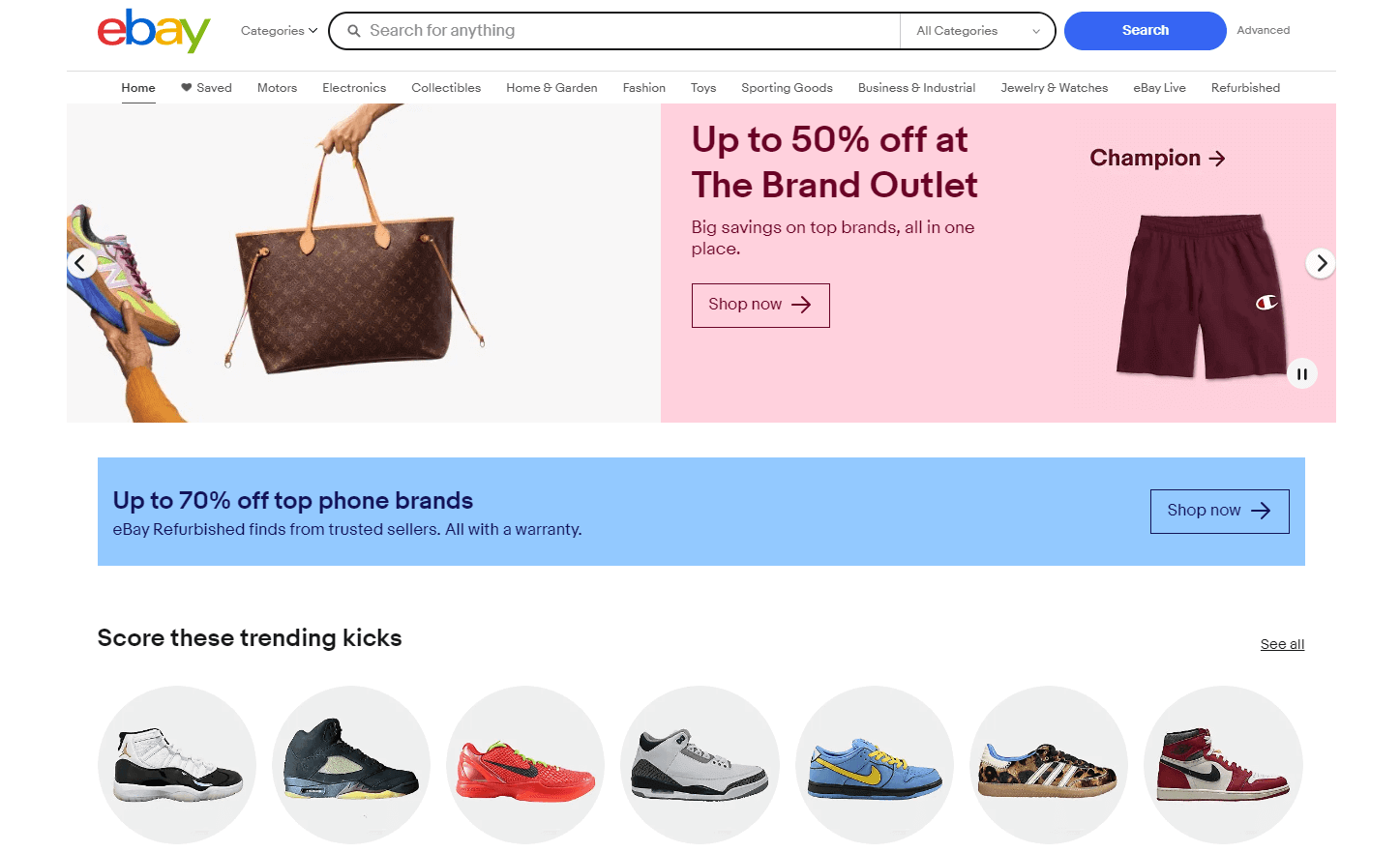
- Offers a massive, diverse marketplace. Suitable for sellers looking to reach a broad audience with both auction-style and fixed-price listings.
- Zibbet

- Provides a unique platform for artists, crafters, and vintage collectors. Known for its supportive community and easy integration with other sales channels.
- Squarespace
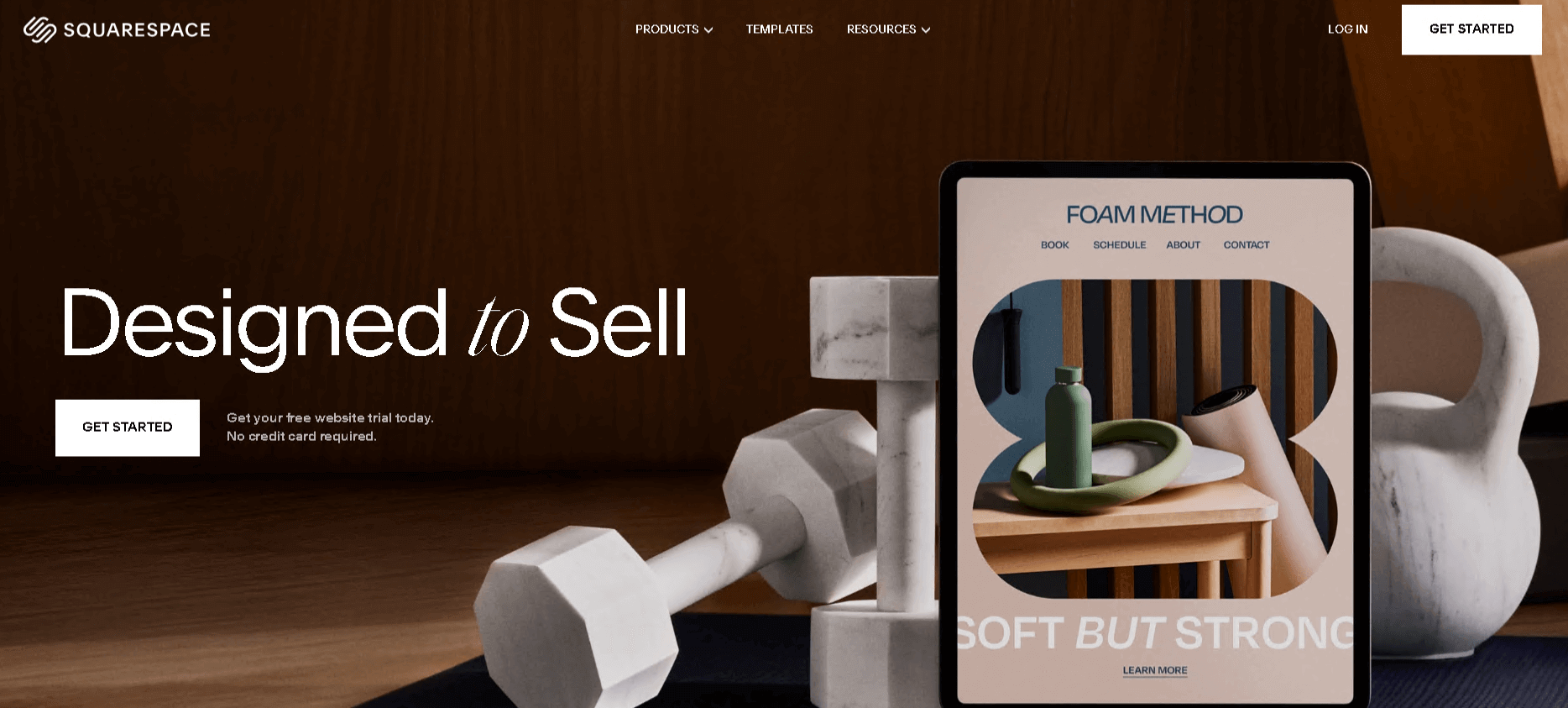
- Ideal for sellers who prioritize design and aesthetics. Offers beautiful templates and is excellent for visually-oriented products.
Conclusion
Etsy stands as a unique platform in the e-commerce landscape, especially appealing for those in the creative and print-on-demand sectors. While it offers a niche market for handmade and distinctive products, success on Etsy demands a strategic approach, including effective SEO, captivating product presentation, and stellar customer service. However, potential sellers must consider the costs, such as listing and transaction fees, and weigh them against the benefits of Etsy's extensive customer reach and community support.
Deciding to sell on Etsy should align with your business objectives and product offerings. The platform can be a rewarding venture for those willing to immerse themselves in its unique ecosystem and engage actively with the community. Exploring alternatives like Shopify or Amazon Handmade can complement your Etsy store, providing diverse avenues for growth. In essence, Etsy is a viable option for those ready to embrace its nuances and commit to building a presence on this distinctive platform.
FAQs
Is it hard selling on Etsy?
Selling on Etsy can be challenging, especially for new sellers. Success requires mastering Etsy's SEO, creating appealing product listings, and understanding your niche market. Standing out in a crowded marketplace demands engagement with the community and staying abreast of market trends. With dedication and the right strategy, however, selling on Etsy can be a rewarding venture.
Is it better to sell on Amazon or Etsy?
Choosing between Amazon and Etsy hinges on your product and goals. Amazon suits those seeking broad exposure and selling generic items, but faces intense competition. Etsy is ideal for unique, handmade, or vintage items, catering to a niche market valuing originality. Each platform has distinct fees and audiences, so align your choice with your product's nature and your business strategy.
How much is an etsy shop per month?
The cost of running an Etsy shop varies monthly. Key expenses include a $0.20 listing fee per item every four months or upon sale, a 5% transaction fee on sales (including shipping), and variable payment processing fees. Etsy Plus, offering advanced tools, adds $10 monthly. Total costs depend on your listings and sales volume, impacting overall profitability.
How much time does it take to sell on Etsy?
The time to make sales on Etsy varies. Shop setup is quick, but gaining sales momentum requires more effort. Key activities include optimizing listings for SEO, creating engaging product descriptions, and active community engagement. Regular updates and social media marketing can accelerate results. However, achieving consistent sales can take several months to a year, influenced by niche, product quality, and marketing strategies. Patience and persistence are essential.










 Global Shipping
Global Shipping




























